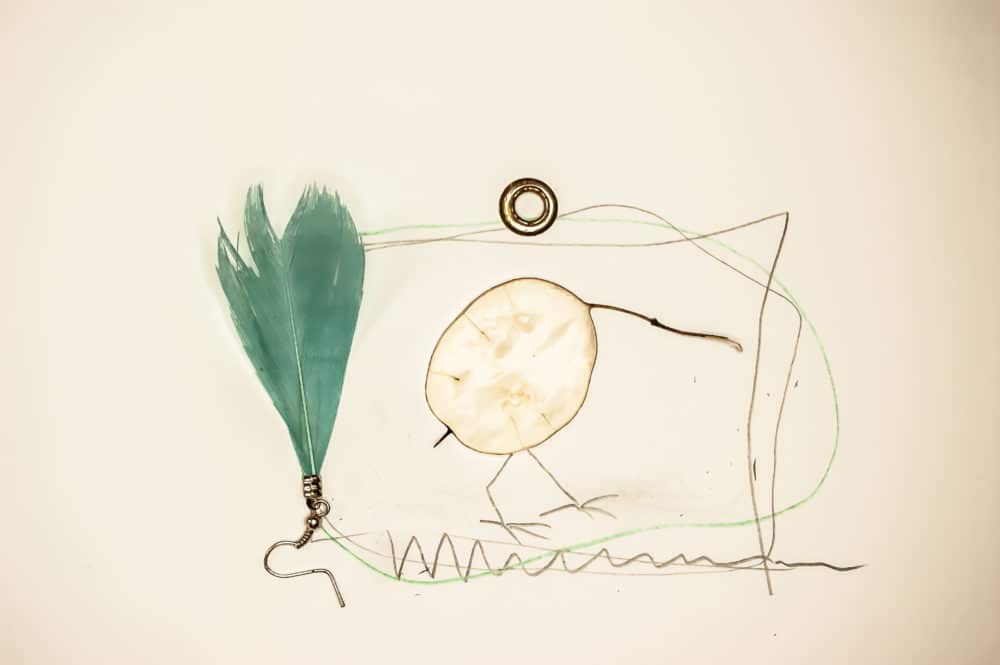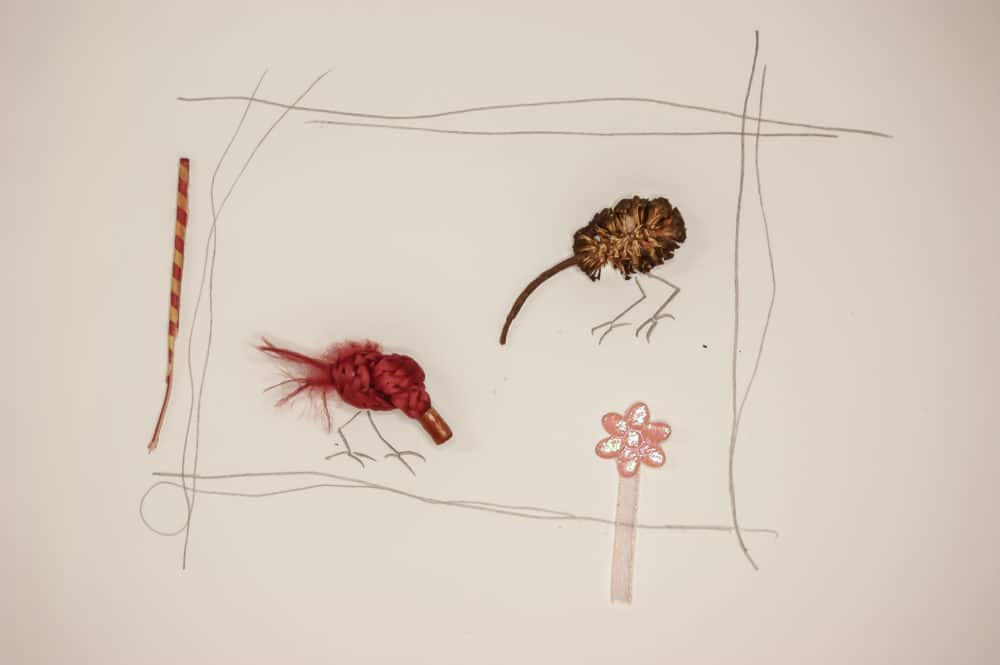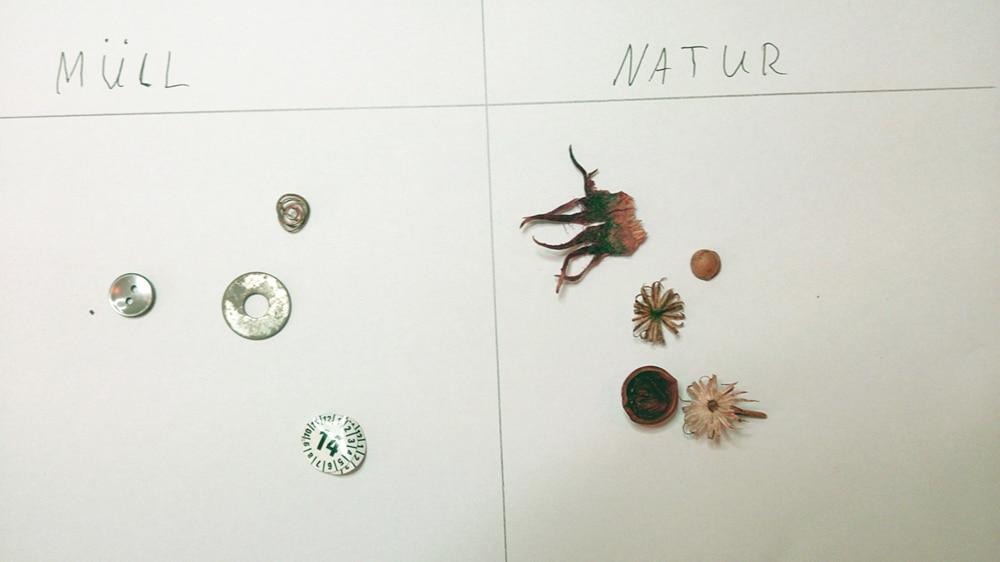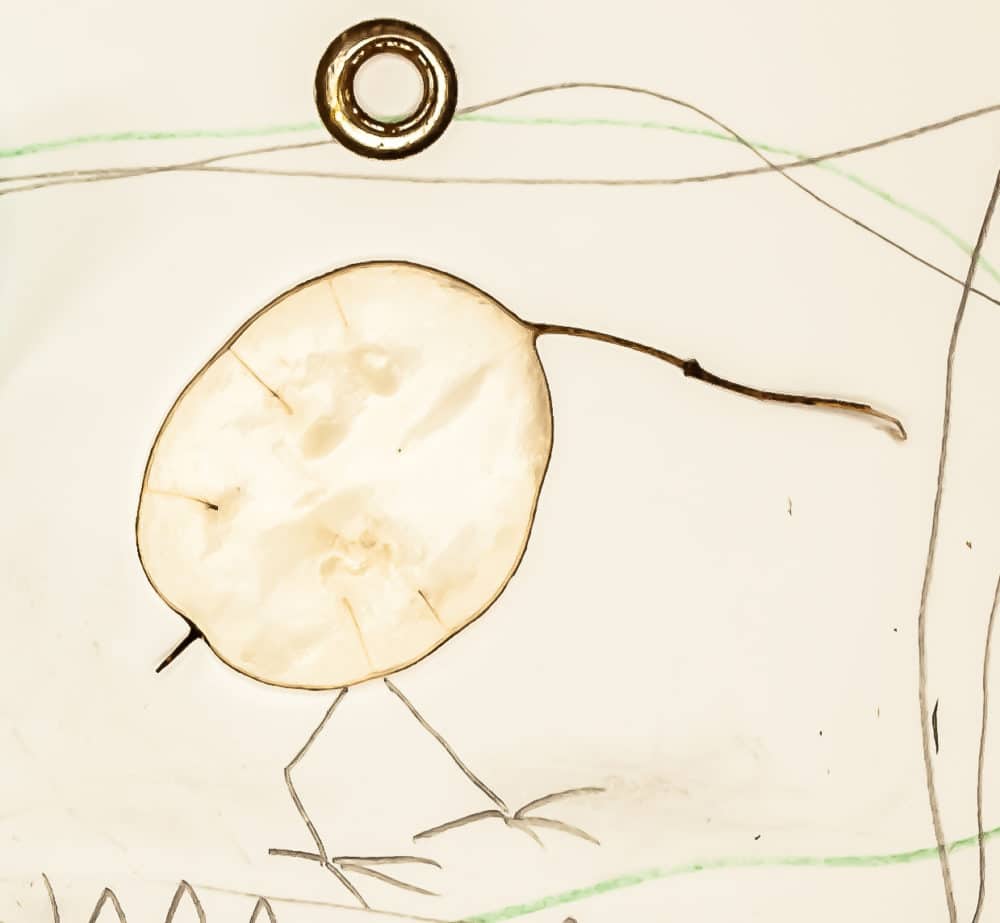
Elbschule – Kulturschule
Als ich das erste Mal voller freudiger Erwartungen das großzügige und einladend helle Foyer der Elbschule in Hamburg Altona betrete, bin ich sehr erstaunt über das fröhliche Kinderstimmengewirr. Wie sich das halt so anhört in einer Schule. Da die Elbschule größtenteils von gehörlosen Kindern besucht wird, hatte ich mir die Kommunikation hier jedoch deutlich geräuschloser vorgestellt.
Fettnäpfchen
Ins erste Fettnäpfchen trete ich schon, bevor ich überhaupt einen Schritt in die Empfangshalle der Schule tue – Vor der Tür wartet außer mir noch ein Herr, ungefähr meinen Alters, auf Einlass. Er winkt mir mit einer Hand ausladend fröhlich wedelnd zu und lächelt mich sehr freundlich an! Kennen wir uns etwa? Ich nicke nur verhalten freundlich zurück, finde ich diese Vertrautheit doch etwas befremdlich. Schon kurz darauf ist mir klar, dass dieses Winken verbunden mit deutlichem Blickkontakt das ganz normale “Hallo!” eines gehörlosen Menschen ist. Ich Trampel. Bei der nächsten Begegnung lache und winke ich fröhlich zurück, dankbar für diese zweite Chance.
Meine naive Annahme sei mir hoffentich verziehen, hatte ich bis dahin doch noch nicht das Vergnügen, solch eine Schule mit ihrer fröhlichen kunterbunten Schülerschaft und ihren freundlichen und kompetenten Lehrern kennenzulernen. Hier wird bei weitem nicht nur mit Händen und Füßen geredet. Auch sind nicht alle Kinder vollkommen gehörlos, sondern hören sehr unterschiedlich gut oder weniger gut mit Hilfe von entsprechenden Hörhilfen.
Das Projekt
Ich freue mich sehr darauf, mit einigen Kindern der 4./5. Klasse Miniaturcollagen zu gestalten. Die zuständige Kunstlehrerin lädt mich ein zur Mitarbeit in ihrer Gruppe mit insgesamt sieben Kindern. An der anerkannten Kulturschule werden stets wechselnde Kooperationen u.a. mit verschiedenen Künstlern veranstaltet. Durch die unterschiedlichsten kulturellen und künstlerischen Anregungen auch aus dem musikalischen Bereich werden die Kinder darin unterstützt die Welt mit allen Sinnen zu begreifen.

Frau Haarspange
Beim ersten Kennenlernen erhalte ich von den Kindern einen anderen Namen, da die Gebärde für “Frau Hohlweg” einfach zu aufwendig ist. Kurzerhand bin ich für die Dauer des folgenden sechswöchigen Projektes die “Frau mit der Haarspange” – ein Finger an die Wange für “Frau” sowie zwei Finger und Daumen am Kopf zusammengetippt für “Haarspange”. Passt doch und geht fix. Ich bemühe mich auch, für die Dauer des Projektes die Haarspange zu tragen, damit ich nicht vielleicht nochmals umgetauft werden muss. Die Gebärdensprache orientiert sich sehr einfallsreich an äußeren Erscheinungsmerkmalen. Geschriebene Wörter, Namen und Begriffe sind schließlich für einen Gehörlosen lediglich Wortbilder und somit sehr viel schwerer zu merken und wiederzuerkennen als in Verbindung mit ihrem jeweiligen Klang. Es gibt auch eine Gebärde für Miniaturcollagen, wie ich erfahre – es werden die Gebärden für “klein” und für “viele” nacheinander gezeigt.
Los geht`s: Sammeln und sichten
Das Wetter spielt bei unserer ersten Arbeitsstunde mit und wir gehen alle gemeinsam hinaus in den gegenüber liegenden Park, um einige Fundstücke für die zu gestaltenden Miniaturcollagen zu sammeln. Auch hier geht es lebendig zu wie bei einem ganz normalen Schülerausflug. Allerdings sind die Kinder, sobald sie sich miteinander unterhalten, komplett im Gespräch einander zugewandt, um Gebärden auszutauschen. Gerufene oder auch gewunkene Anweisungen kommen nicht immer gleich an. Ich fühle mich ein wenig ungeschickt in der Unterhaltung mit den Kindern, da ich kein bißchen von der Gebärdensprache beherrsche. Ich kann nur zeigen, deuten, antippen und mich lachend und gestikulierend mitfreuen, wenn mal wieder ein bemerkenswertes Fundstück eingesammelt wird. Die Lehrerin dolmetscht so gut es geht!
Müll oder Natur?
Im Anschluss werden die Fundstücke sortiert in die beiden Kategorien “Müll” und “Natur”. Ein hörendes Kind hat das Wort “Natur” sicherlich schon in seinen ersten Lebensjahren etliche Male gehört beim Vorlesen, in Unterhaltungen oder beim Fernsehen und hat ganz nebenbei gelernt, was alles unter dem Begriff Natur zusammengefasst wird. Wer gehörlos ist, braucht Beispiele zum Betrachten und am besten auch zum berühren und bewegen, um sich die Dinge einzuprägen. Der Begriff “Natur” als sehr abstrakter Begriff wird anhand von Beispielen erläutert. Bäume, Tiere, Pflanzen- sie alle gehören zur Natur. Die Gebärden zu diesen Beispielen werden gezeigt.

Integratives Lernen will vorbereitet sein
Immer tauschen sich die Kinder zu zweit über die Besonderheiten der Fundstücke aus, dem Gegenüber wird möglichst ausführlich beschreiben, was die näheren Eigenschaften sind, welches das eigene Lieblingsstück ist – und wir wundern uns auch darüber, wieviel Müll auf den Wegen überall zu finden ist.
Ich begreife, dass der Kunstunterricht an der Elbschule wie auch jede andere Unterrichtsstunde dort fächerübergreifend sein muss. Es geht hier nicht nur um die künstlerische Gestaltung, sondern immer auch um Lesen, Schreiben, Ausdruck, Biologie…alles im Austausch miteinander.
In den Vorbereitungen der Stunden gemeinsam mit der Erzieherin wird mir klar, wie penibel und in welch kleinen Einheiten eine Unterrichtsstunde geplant wird, um stets Abwechslung und verschiedene Anreize für ein möglichst konzentriertes Mitarbeiten anzubieten.
“Ich habe den didaktischen Blick und Du den künstlerischen!”
Ich assistiere, mache Vorschläge und staune über die stets aktuellen Schautafeln und Namens- und Begriffskärtchen, die die hochangagierte Lehrerin für jede Stunde neu vorbereitet. “Ich habe den didaktischen Blick und Du den künstlerischen!” Treffender kann man diesen produktiven Austausch gar nicht zusammenfassen, finde ich. Wir ergänzen unsere Betrachtungsweisen und werfen auf alles gemeinsam einen neuen Blick. Was der Lehrerin manchmal vielleicht hier und da ein wenig zu “schlampig” oder oberflächlich erscheint, nenne ich unter Umständen sehr ausdrucksstark, schlicht und treffend. Auf jeden Fall empfinde ich unsere gemeinsame Arbeit für beide Seiten sehr fruchtbar und ich bin begeistert von den Ergebnissen unseres Projektes. Rechtzeitig zum Tag der offenen Tür sind die Werke vollendet und werden von den Kindern stolz präsentiert.

Das hat Spaß gemacht!
Die Arbeit mit den Kindern war äußert inspirierend. Ich habe einen Einblick bekommen in für mich ganz neue Lernkonzepte. Der Unterschied zwischen didaktischer und künstlerischer Betrachtung ist mir begreifbarer geworden. Ich habe einen kleinen Anstoß bekommen, mich mit meiner Körpersprache deutlicher und klarer auszudrücken. Und ich habe einen neuen Namen bekommen. So etwas passiert doch nur einem Indianer nach einer Initiation, dachte ich bisher. Auch das war eine neue Erfahrung. Es war toll! Gerne wieder!
Liebe Grüße und habt Spaß beim Lernen
Die Frau mit der Haarspange
